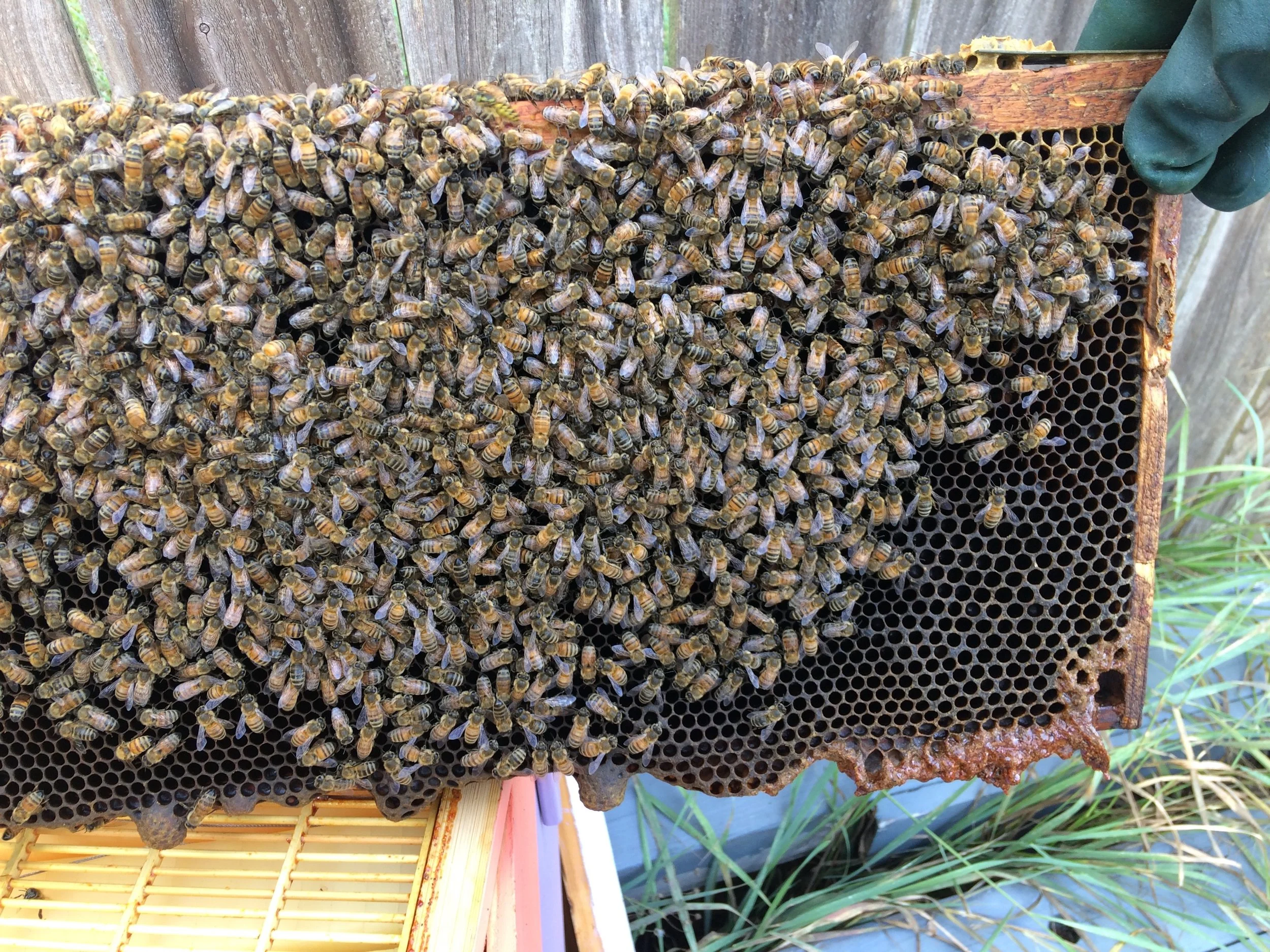Beekeeping in a Nutshell
Randy Oliver has recently updated his short set of instructions for beginning with bees. Even though the information is written for his location in the the Sierra Foothills of California, a vast majority of the basics are still applicable for our local beekeepers on the Peninsula. Randy distills about 50 years of beekeeping experience into this writeup. He provides an overall step-by-step with notes written specifically for those starting with a nucleus hive or package bees.
*********************
Free Issue of the ABJ
Get it here. The staff at the American Bee Journal has made the December 2020 issue available as a free download.
*********************
Asian Giant Hornet Updates
Evidently, a Discovery Channel Documentary on the AGH is scheduled to be televised on February 20th. Attack of the Murder Hornets sounds like a horror movie from the 60’s. Perhaps the title may engage more non-beekeepers to watch it and to report any siting’s in 2021 kind of like the New York Times article did last year.
WSDA is continuing to formalize the plans for the 2021 AGH trapping efforts. This is what we know so far….
Even though the focus area for the WSDA 2021 trapping program are apiaries in Whatcom, Skagit, Island and San Juan counties, general trapping is still most needed in Clallam and Jefferson Counties due to our close proximity to Vancouver Island within the flight range of these hornets. Dan & Judy are monitoring a trapline along the north coast, but we need additional traps all throughout our areas.
WSDA is continuing the operational planning meetings this week for the 2021 AGH program.
The scientists have not finalized the trap design yet, or the bait medium, but they are close to making the final decision.
The bulk of the trapping program will start July 1.
No decision has been made yet on the queen trapping program which beekeepers in Whatcom County did last year starting in April.
They have indicated they may again ask beekeepers to support some experimentation, similar to what Whatcom beekeepers did last year.
In 2021 there will be no need to send in our trap contents of other insects.
Last year’s trapping programs shown as yellow squares with very sparse coverage for our area:
Resource Checks
On a few of the warmer sunny days recently, we are seeing our bees quite eager to get the season rolling. We’re entering a critical time of year now for hive resources. It’s still too early for frame inspections, but it’s fine to take a quick peek for a few minutes as long as it remains warm enough for them to re-cluster. Generally, if they are out flying, that’s our clue. One indicator of a potential food shortage is seeing a majority of the bees high up on the tops of the frames right below the lid. If you see this, consider it an emergency and give them a some dry table sugar right away. These bigger colonies can run out of resources very quickly this time of year.




